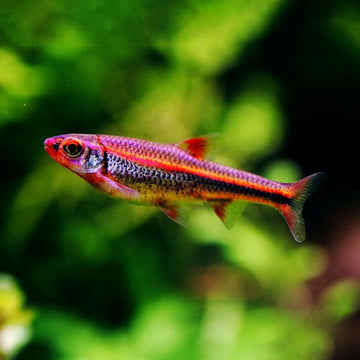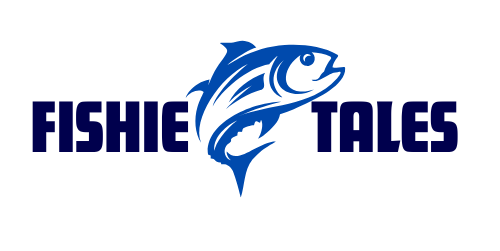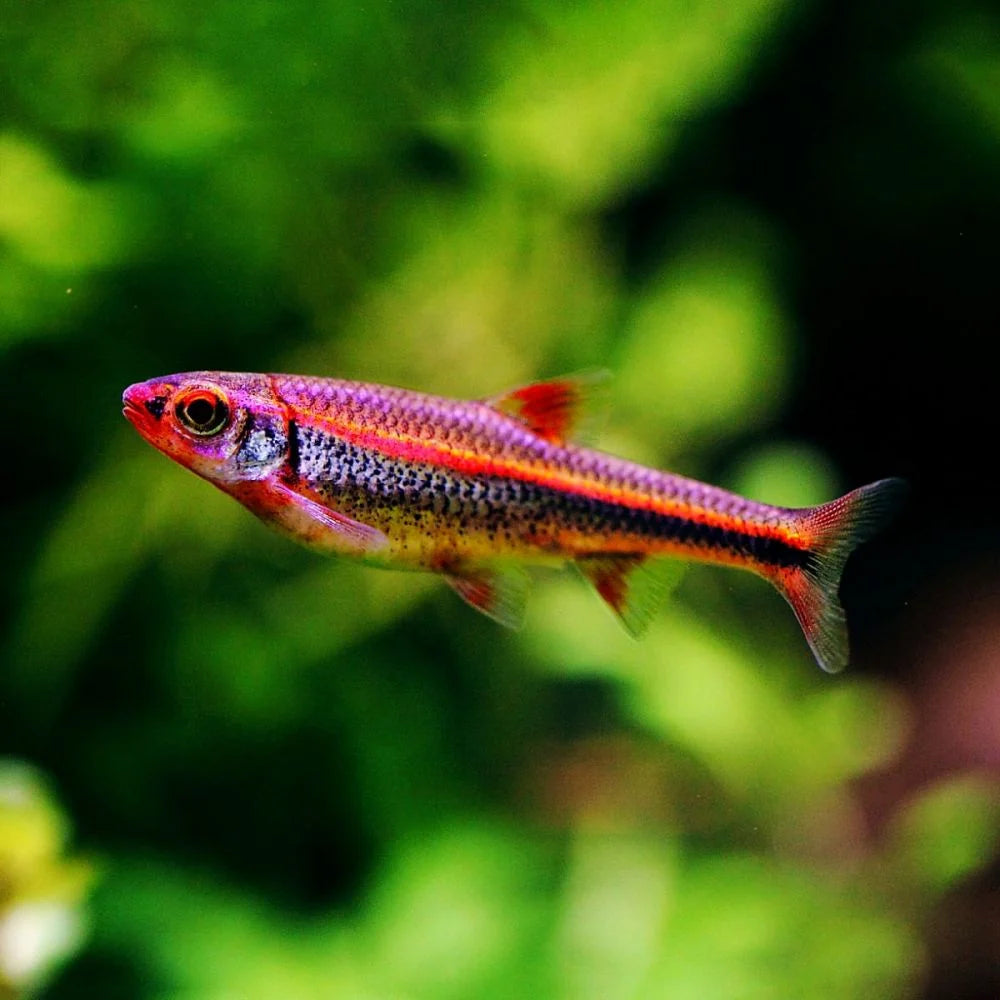Notropis chrosomus (Rainbow Shiner) 3-3.5 cm
-
Estimated Delivery:Nov 15 - Nov 19
-
UPS Next Day Air Shipping Charges 65$

Notropis chrosomus (Rainbow Shiner) 3-3.5 cm
Origin & Habitat
-
Native Range: Southeastern United States, particularly found in the clear, fast-moving streams and rivers of the Tennessee and Cumberland River drainages. These habitats typically feature rocky bottoms with plenty of vegetation and overhead cover. In the wild, Rainbow Shiners are known for their schooling behavior, often found in large groups near the surface of the water.
-
Natural Habitat: Typically found in small, low-turbidity headwater streams flowing over gravelly and sandy riffles and pools but can also be found in springs and small, clear streams.
-
Size: Typically reaches up to 8.1 cm (3.2 inches) in length.
-
Temperament: Peaceful and active; best kept in groups of 6 or more.
🏠 Aquarium Setup & Water Parameters
-
Tank Size: Minimum of 60 cm (24 inches) in length.
-
Water Temperature: 18–22°C (64–72°F).
-
pH: 7.0–7.5.
-
Hardness: Moderately hard water.
-
Aquascaping: Provide a substrate of fine gravel or sand along with plenty of live plants, driftwood, and rock formations to mimic the rocky streambeds they inhabit in the wild. Additionally, ensure good water flow and filtration to maintain pristine water conditions.
🐠 Behavior & Tankmates
-
Schooling: Best kept in groups of 6 or more.
-
Tankmates: Compatible with other peaceful species such as tetras, rasboras, and small catfish.
-
Compatibility: Avoid keeping with aggressive or fin-nipping species.
🍽️ Diet
-
Diet Type: Omnivorous.
-
Food: High-quality flakes, micro pellets, and live/frozen foods like brine shrimp and daphnia.
-
Feeding Frequency: Once or twice daily, offering only what they can consume in 2–3 minutes.
🧬 Breeding
-
Spawning Behavior: Egg scatterers; females can release up to 16 batches per day, each containing up to 71 eggs. They may have 5 to 19 clutches in one reproductive season.
-
Fry Care: After hatching, feed fry infusoria or finely crushed flake food until they are large enough to accept larger foods.

